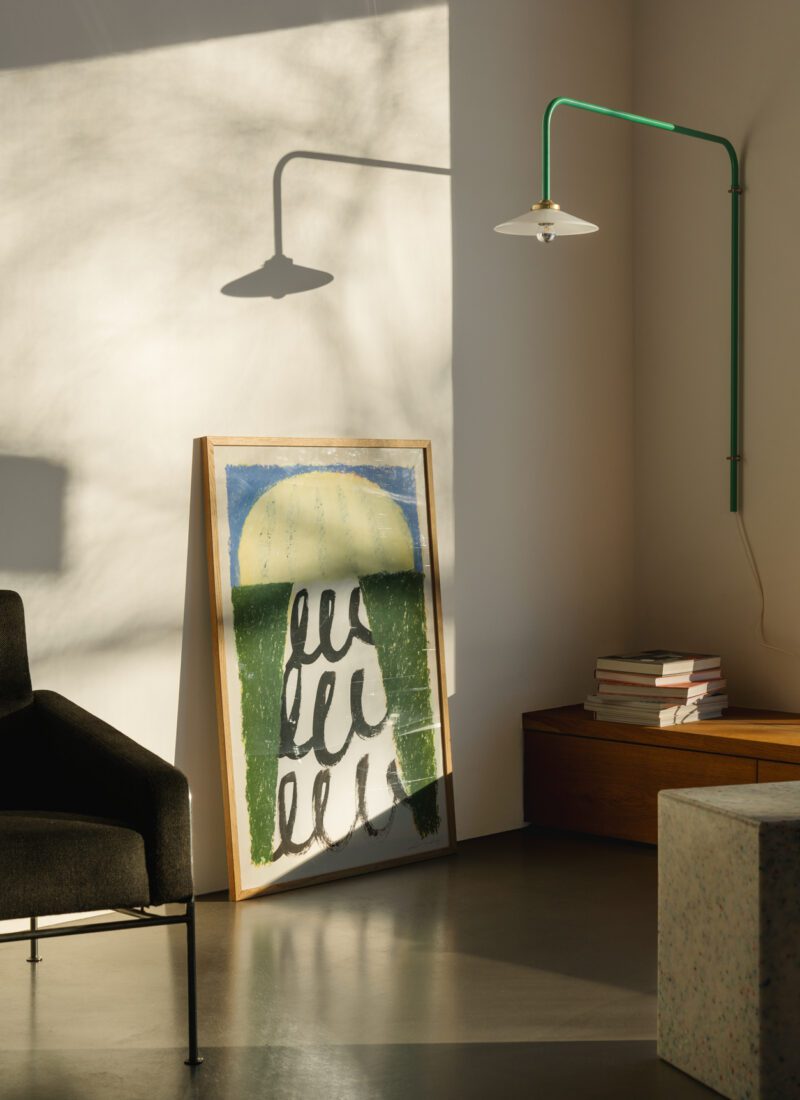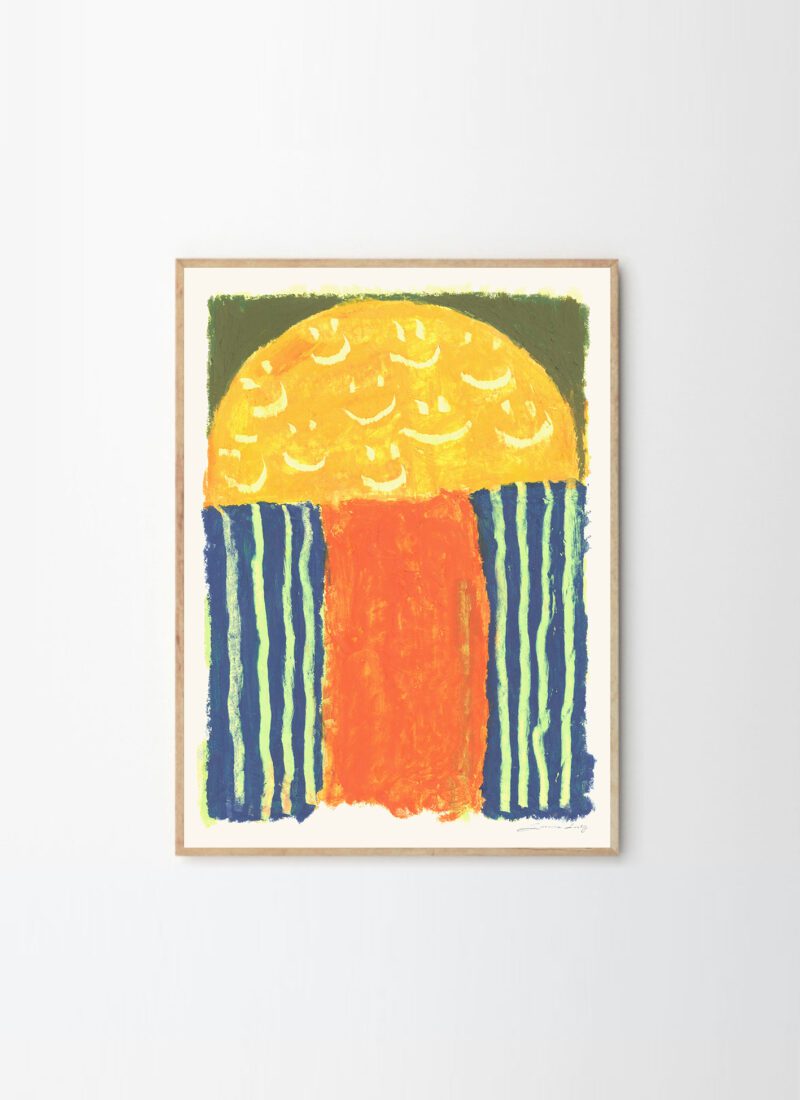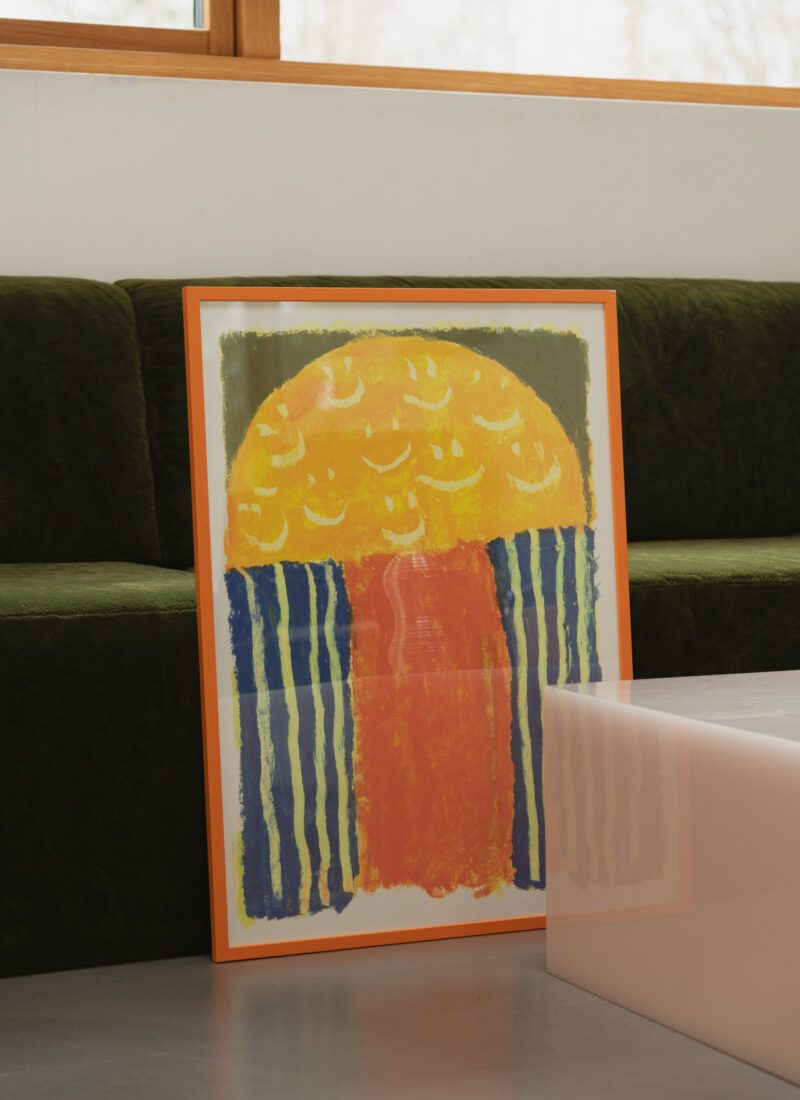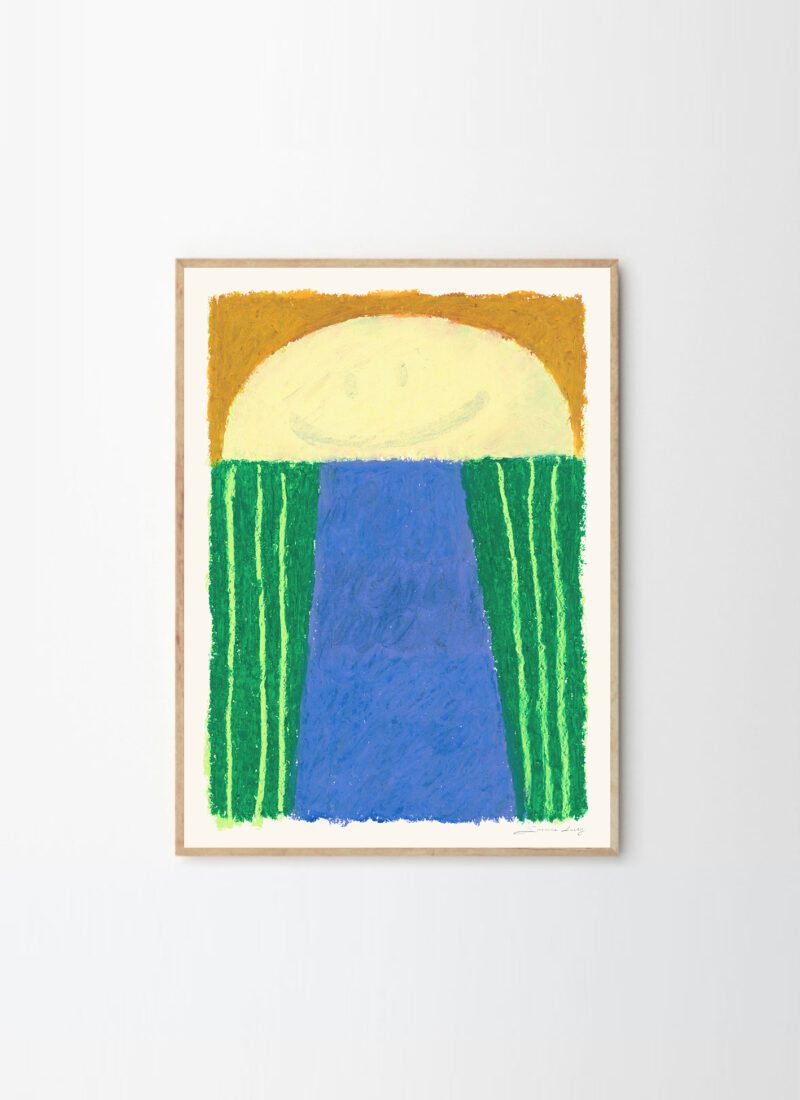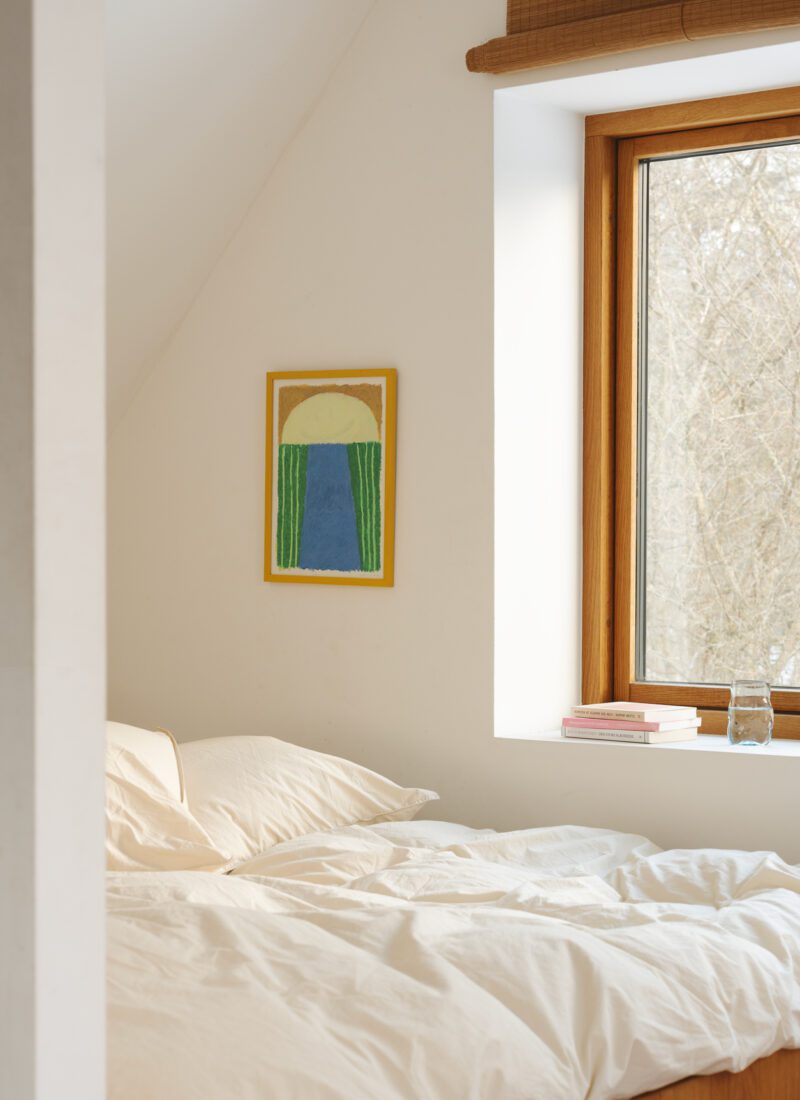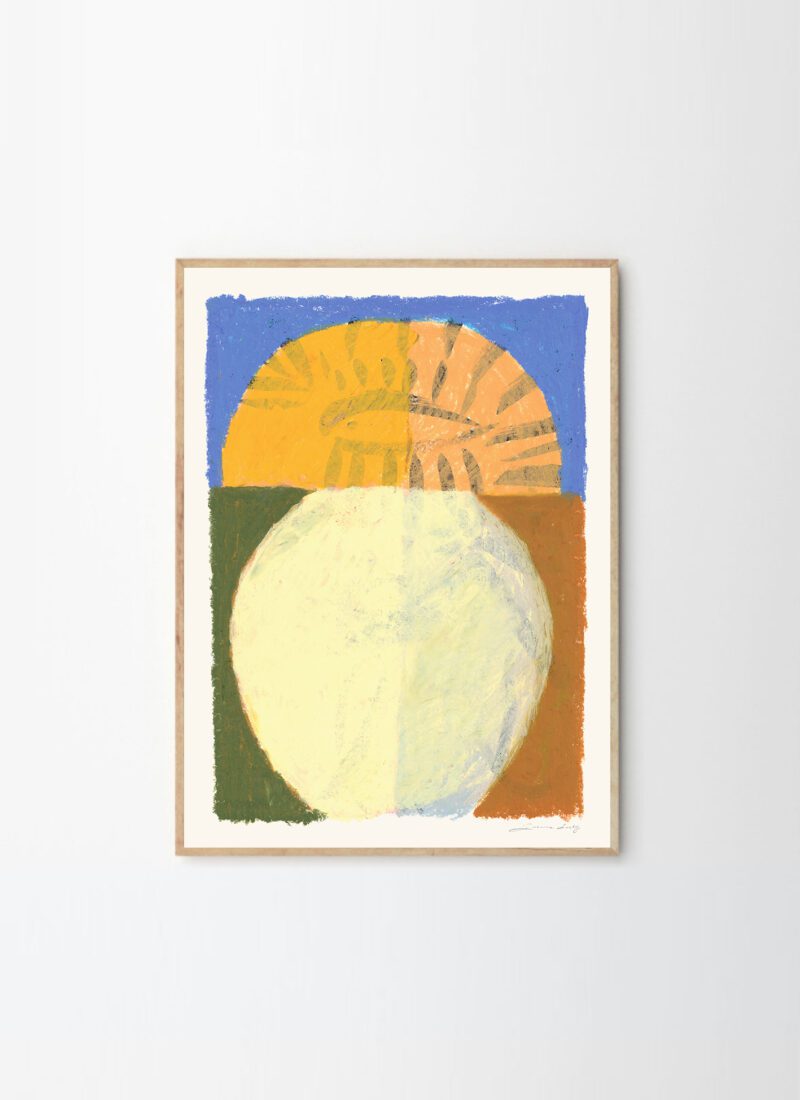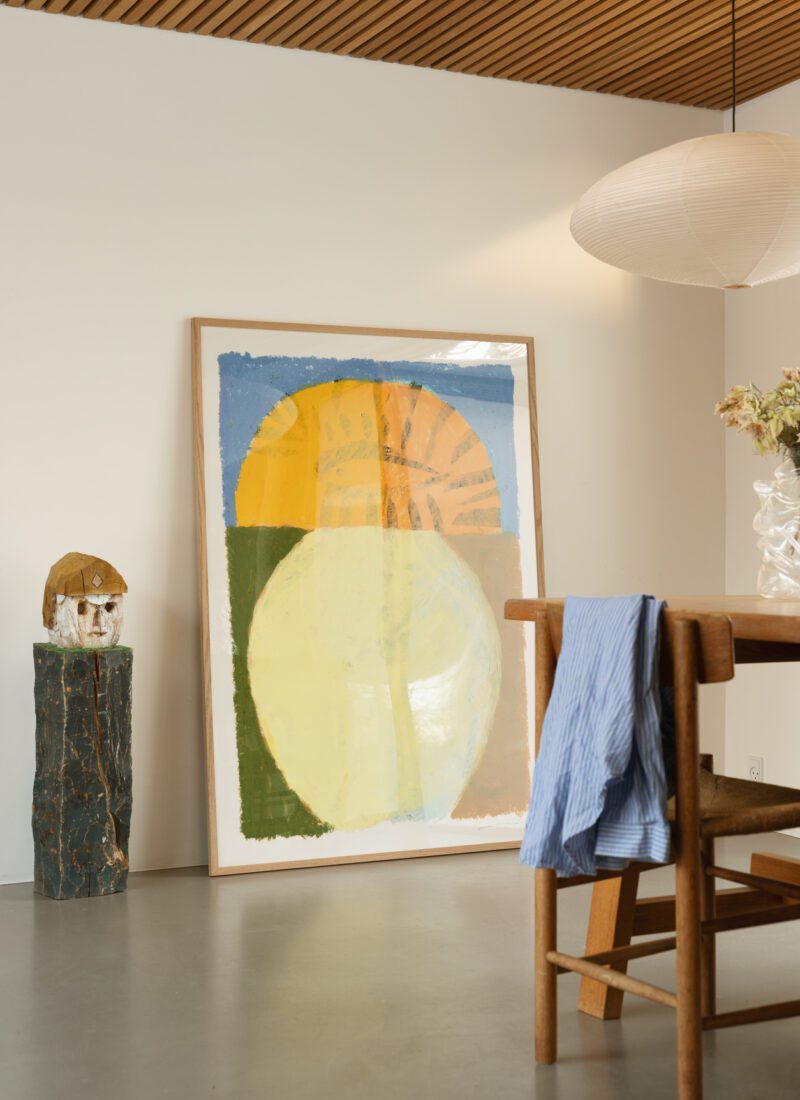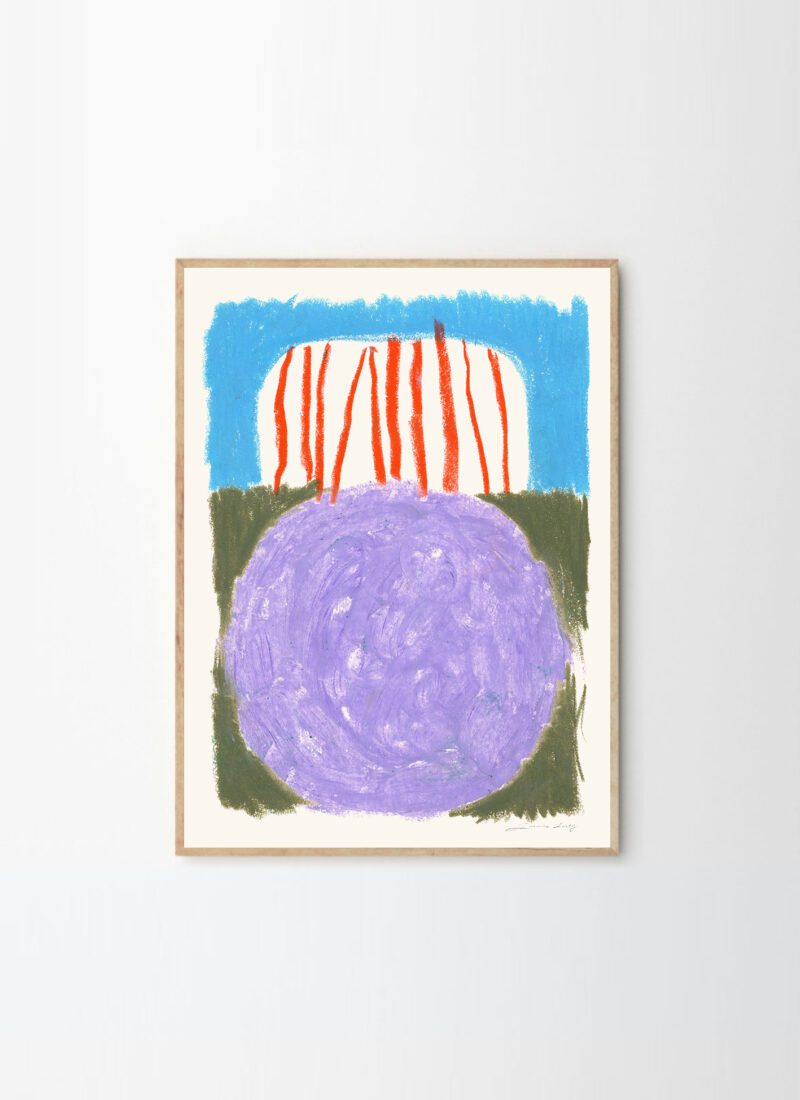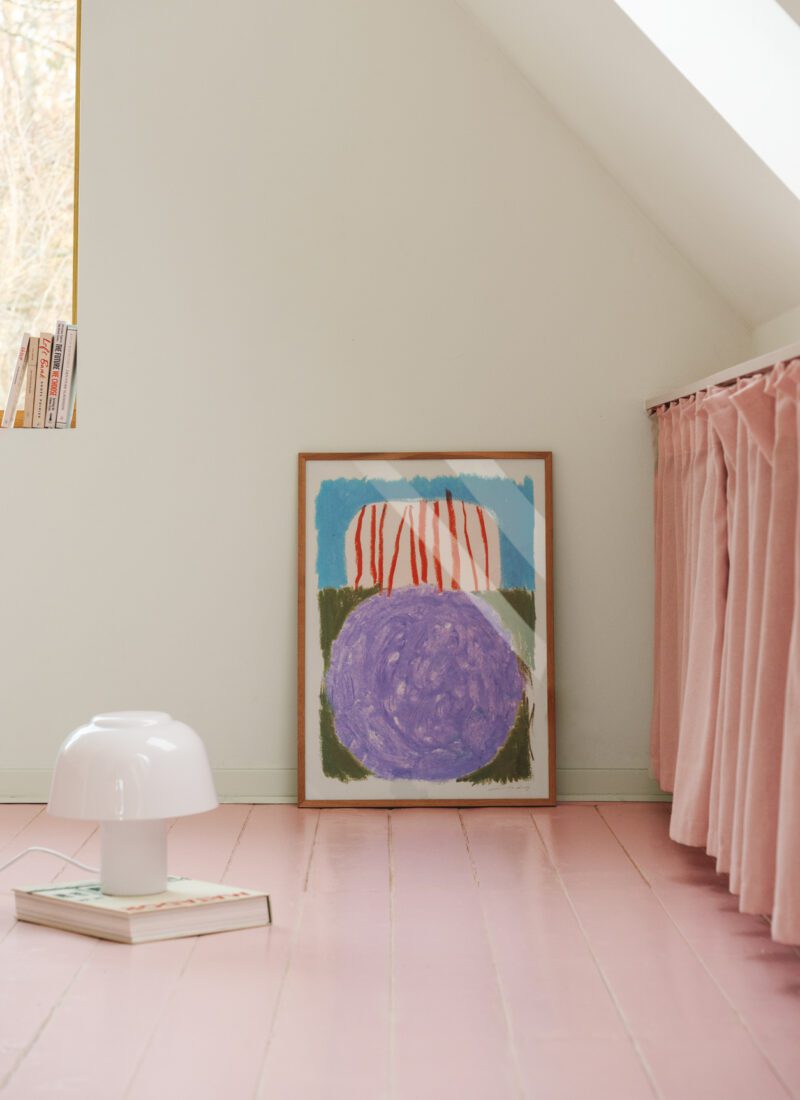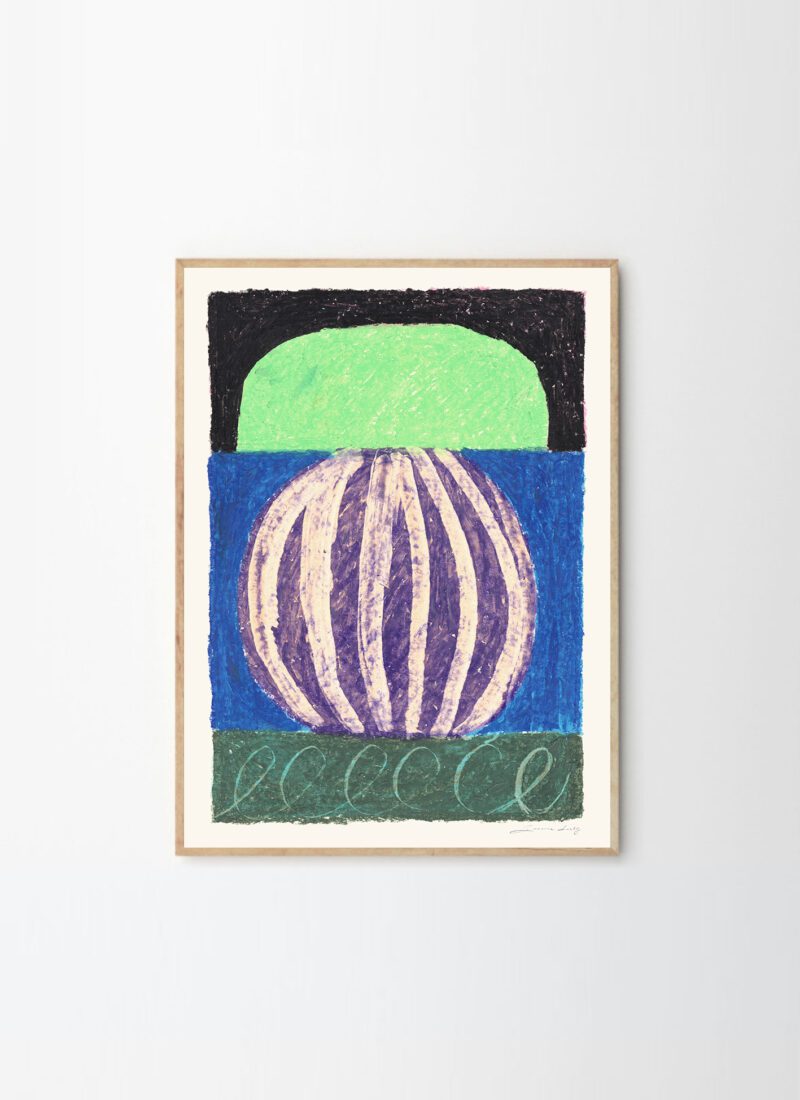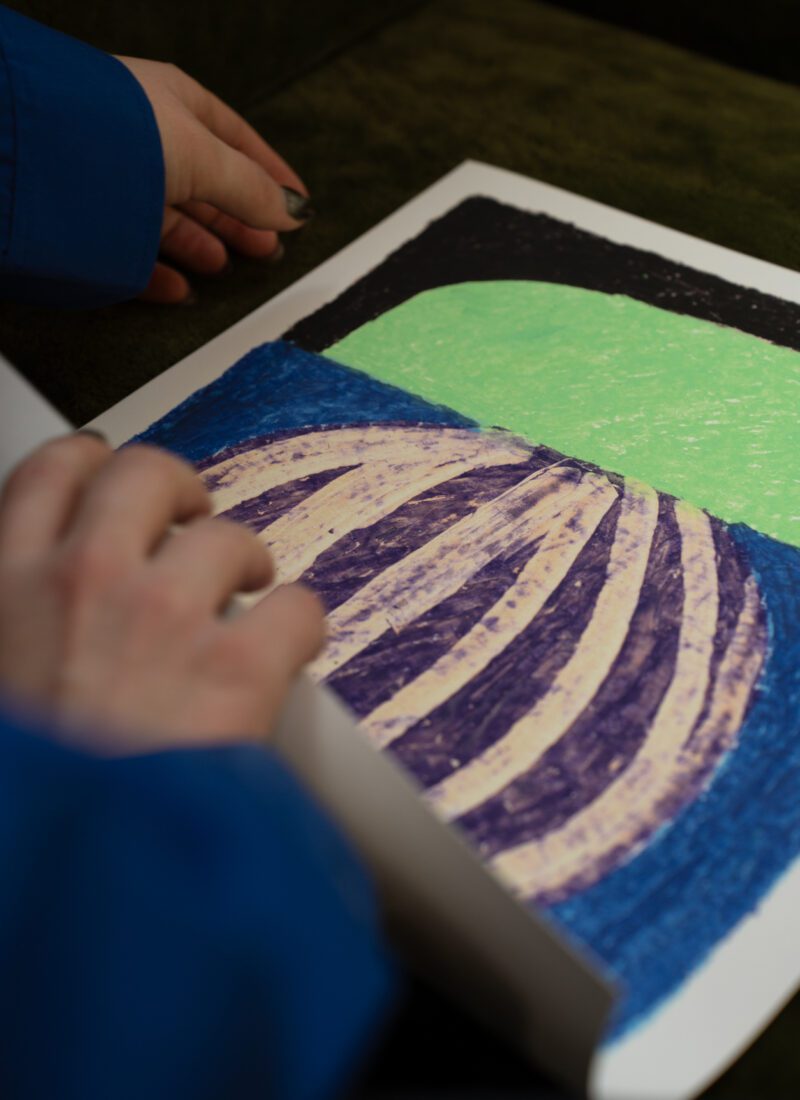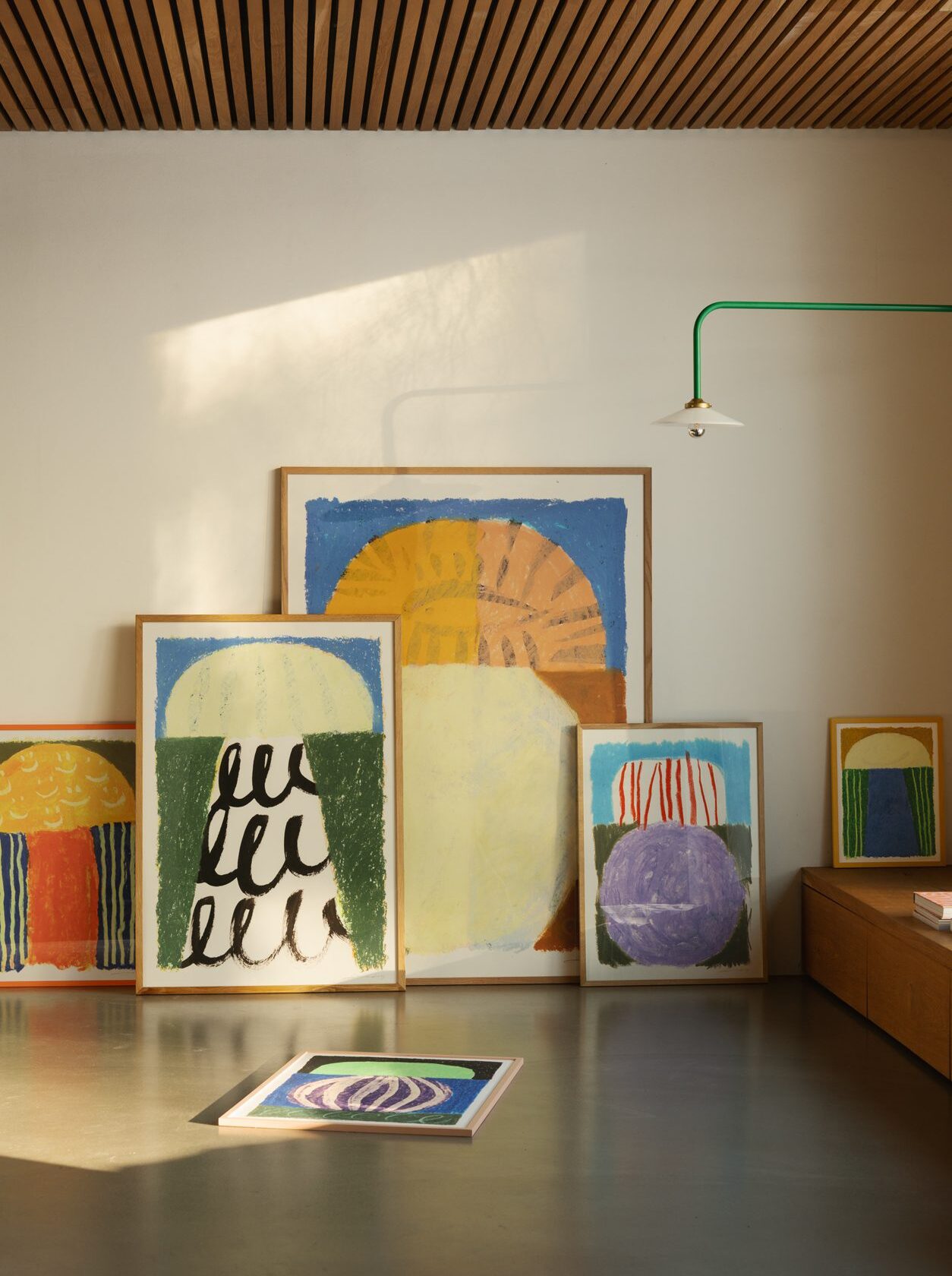
The Symbiont Collection
Suzanne Lustig’s creativity unfolds on an intuitive journey guided by emotions rather than rigid processes. Oftentimes, multiple concepts unfold simultaneously, explored in her sketchbook and perfected over time.

“My work isn’t just a job,” she explains. “It seamlessly integrates with my hobbies, making the boundary between my professional and my personal life less defined.”
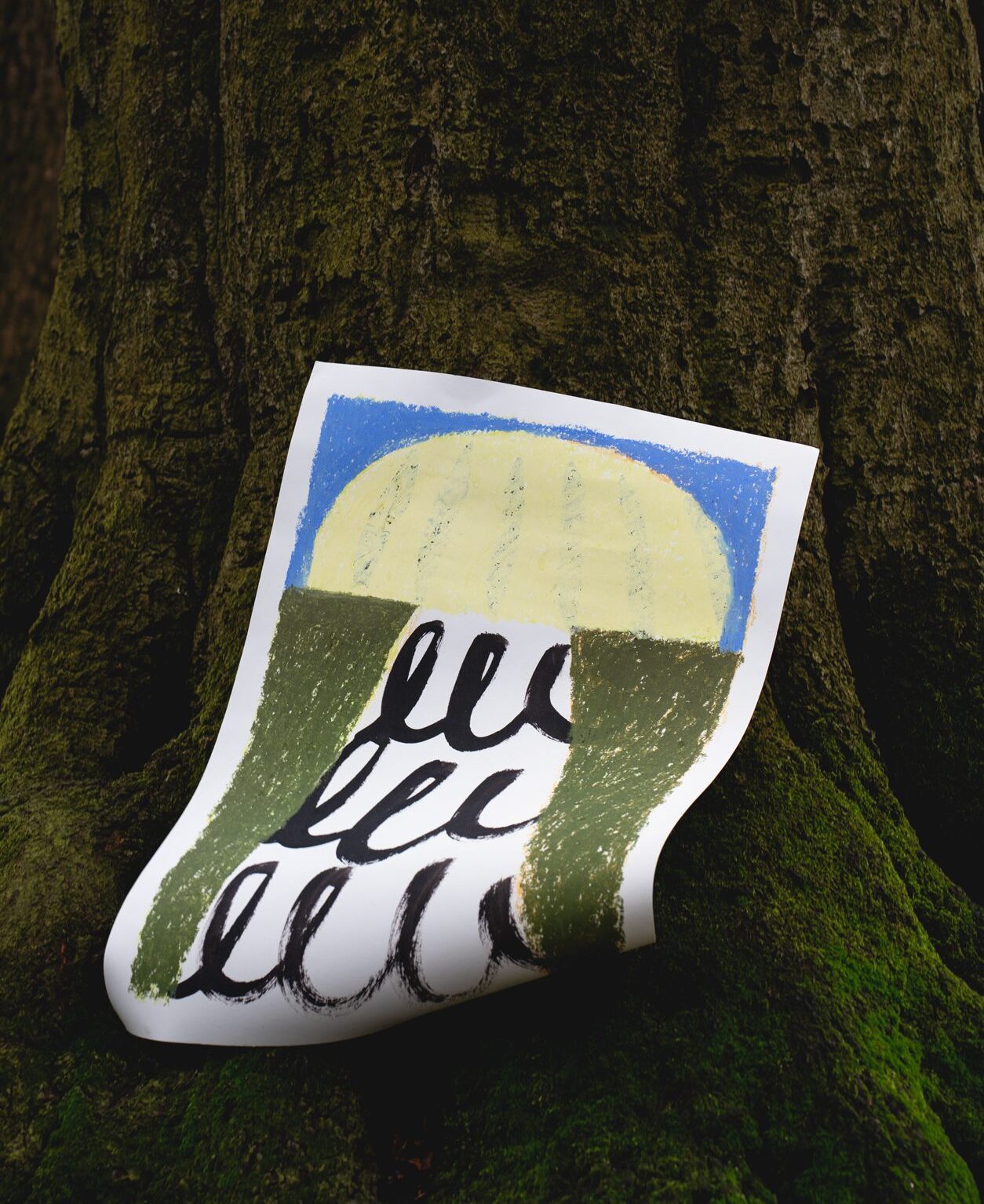
Her creativity peaks during the evening hours, as the tranquillity of the night fosters a deeper connection with emotions and stimulates a more expressive form of creativity. But it is during daylight that she finds her inspiration.
“Since moving to New Zealand from the Netherlands, I have spent more time in nature. It’s almost impossible not to get inspired by nature when hiking through moss-covered hobbit forests burgeoning with mushrooms. Foraging plays a big role in inspiring me; finding crazy-looking mushrooms and trying to identify them takes up a lot of time on my hikes.”
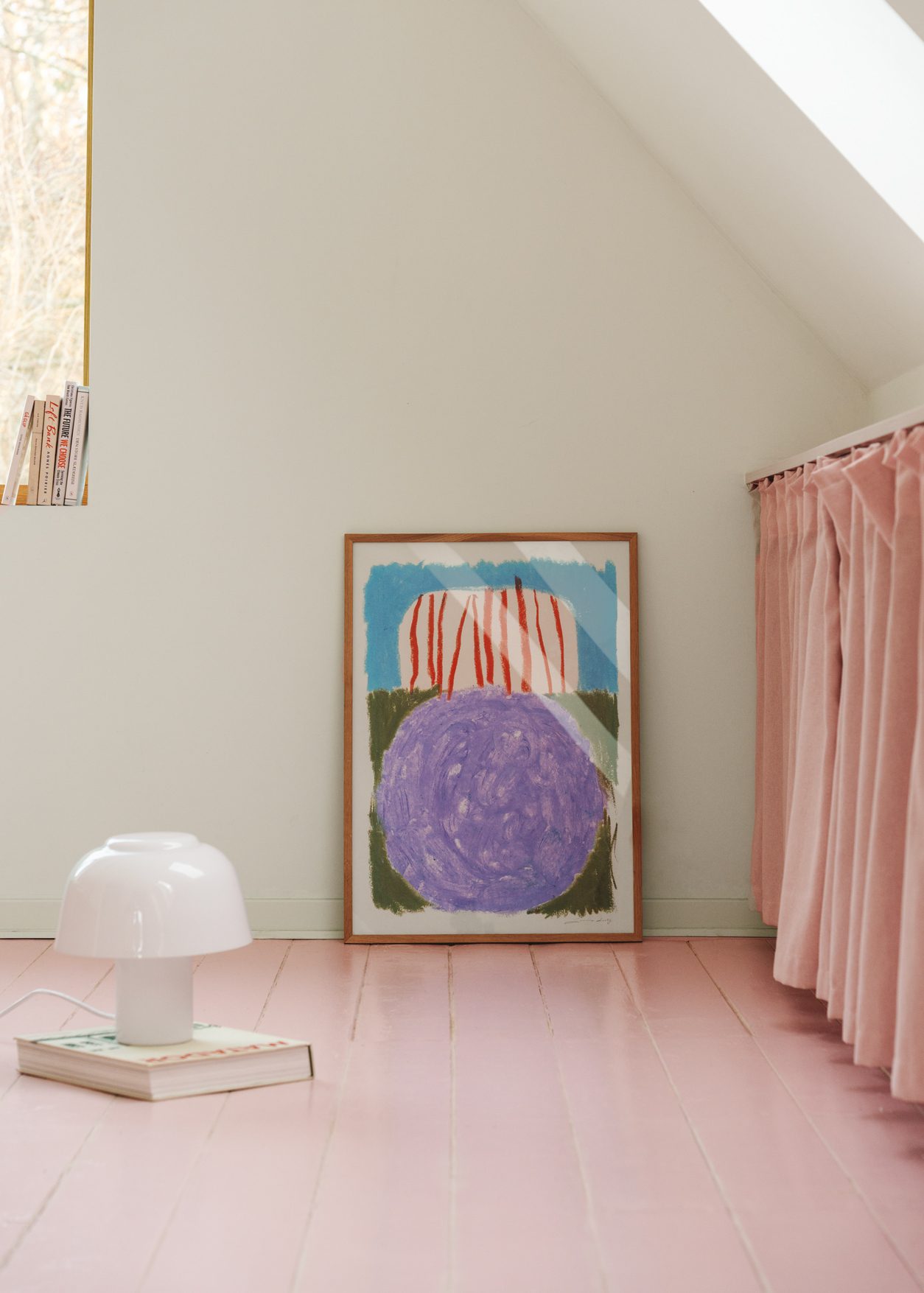
Her fascination with the world of mycology translates into six art colourful prints for The Poster Club that each portrays the mysticism and fascination associated with fungi.
“Mushrooms have so many fascinating aspects to them and almost always feature in my art. It stems from their biological uniqueness, ecological importance, culinary diversity and their roles in medicine and culture,” she notes.
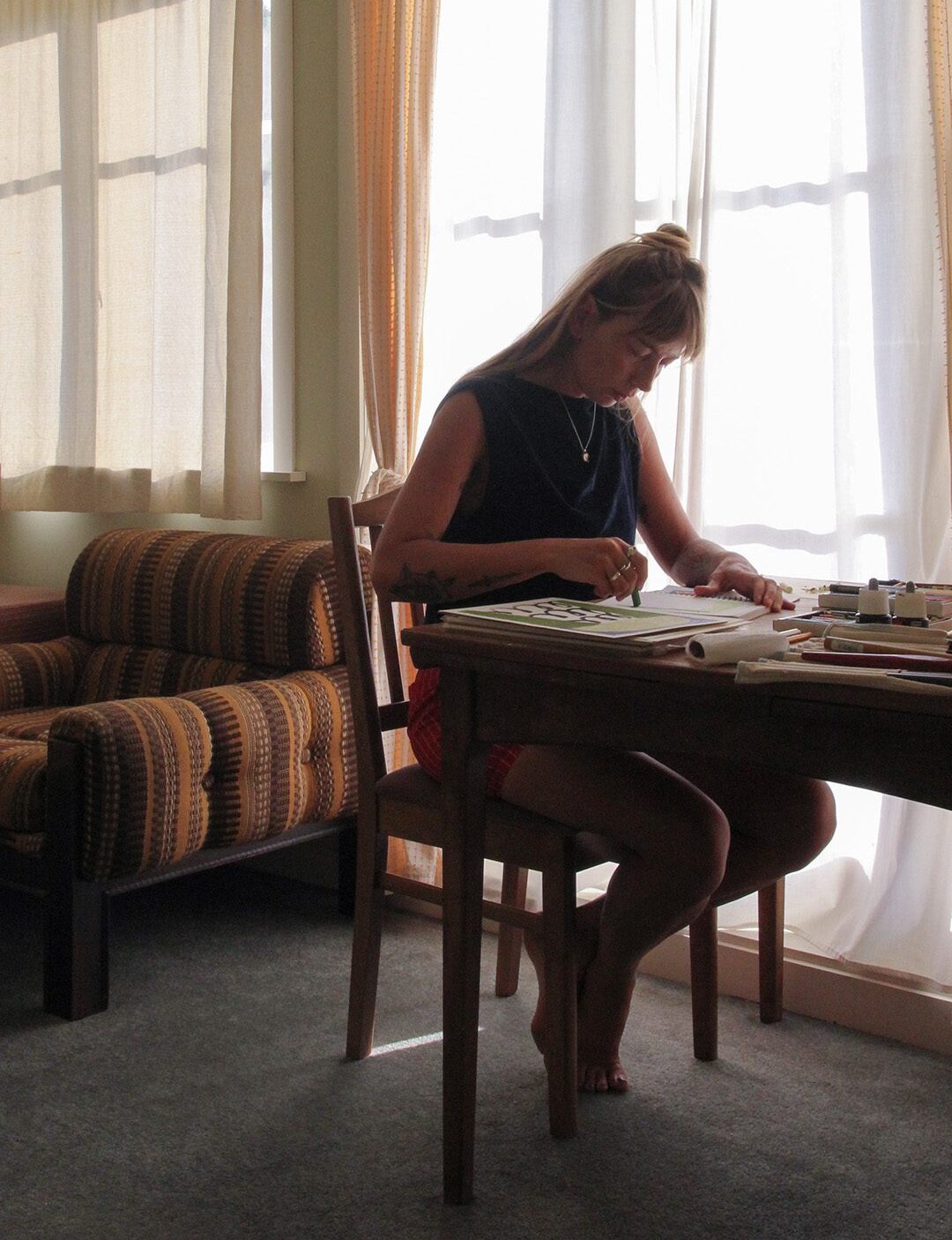
“Then there’s their odd appearance and place in popular culture. During challenging times, there is often a cultural trend towards escapism and a desire for light-hearted, whimsical elements. Mushrooms, with their fantastical appearance, can evoke a sense of magic—quite literally, for some.”
Working spontaneously and experimentally, in a nod to the artistic and avant-garde Cobra movement of the 20th century that inspires her style, Suzanne selects different shapes and colour combinations from her sketchbook, refining her chosen motif through composition, colour and medium.
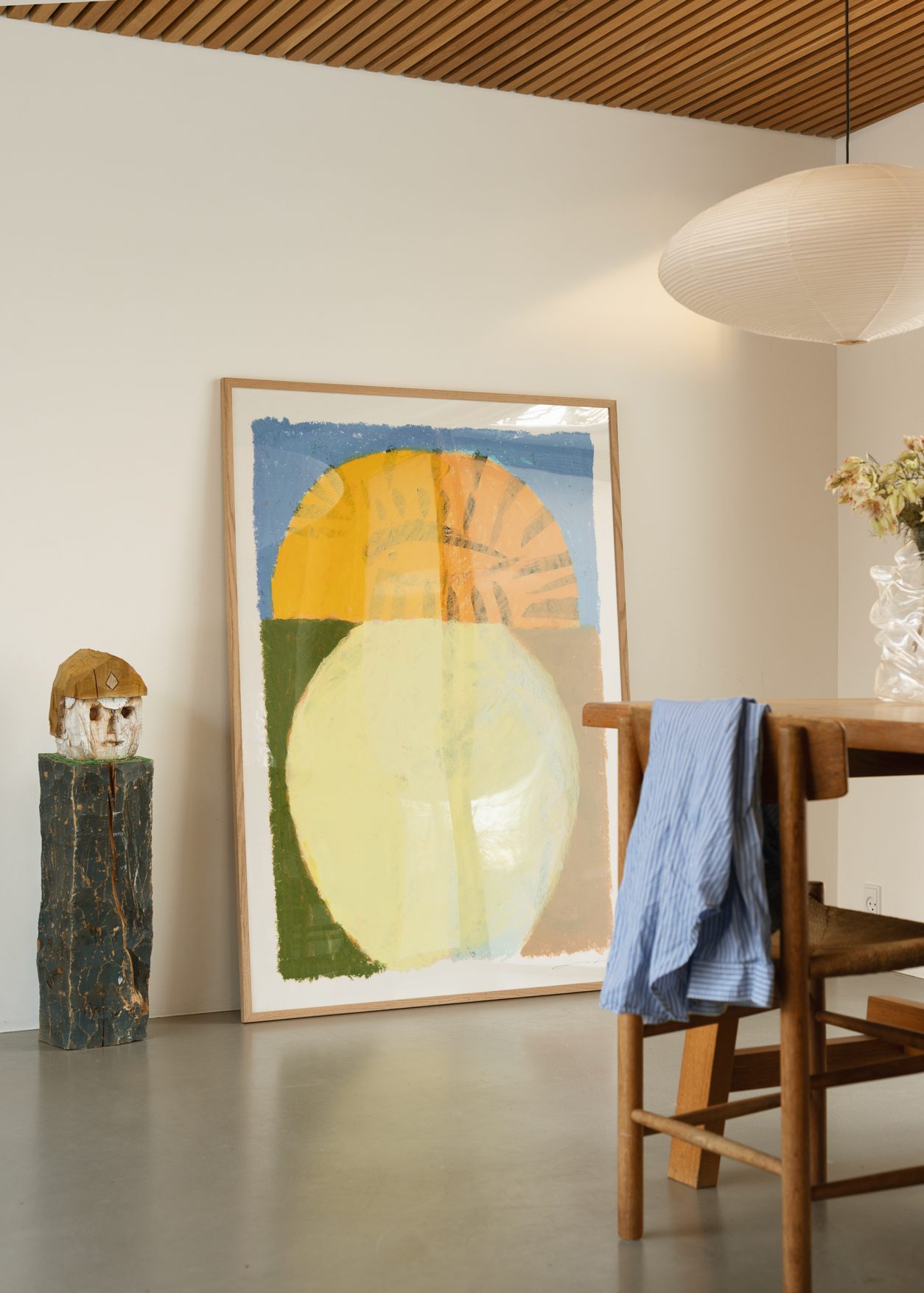
The choice of material often dictates when an artwork is finished. Acrylics are simply left to dry naturally before another layer is applied. Oil pastels, however, work differently and excessive layering can lead to a muddying of colour.
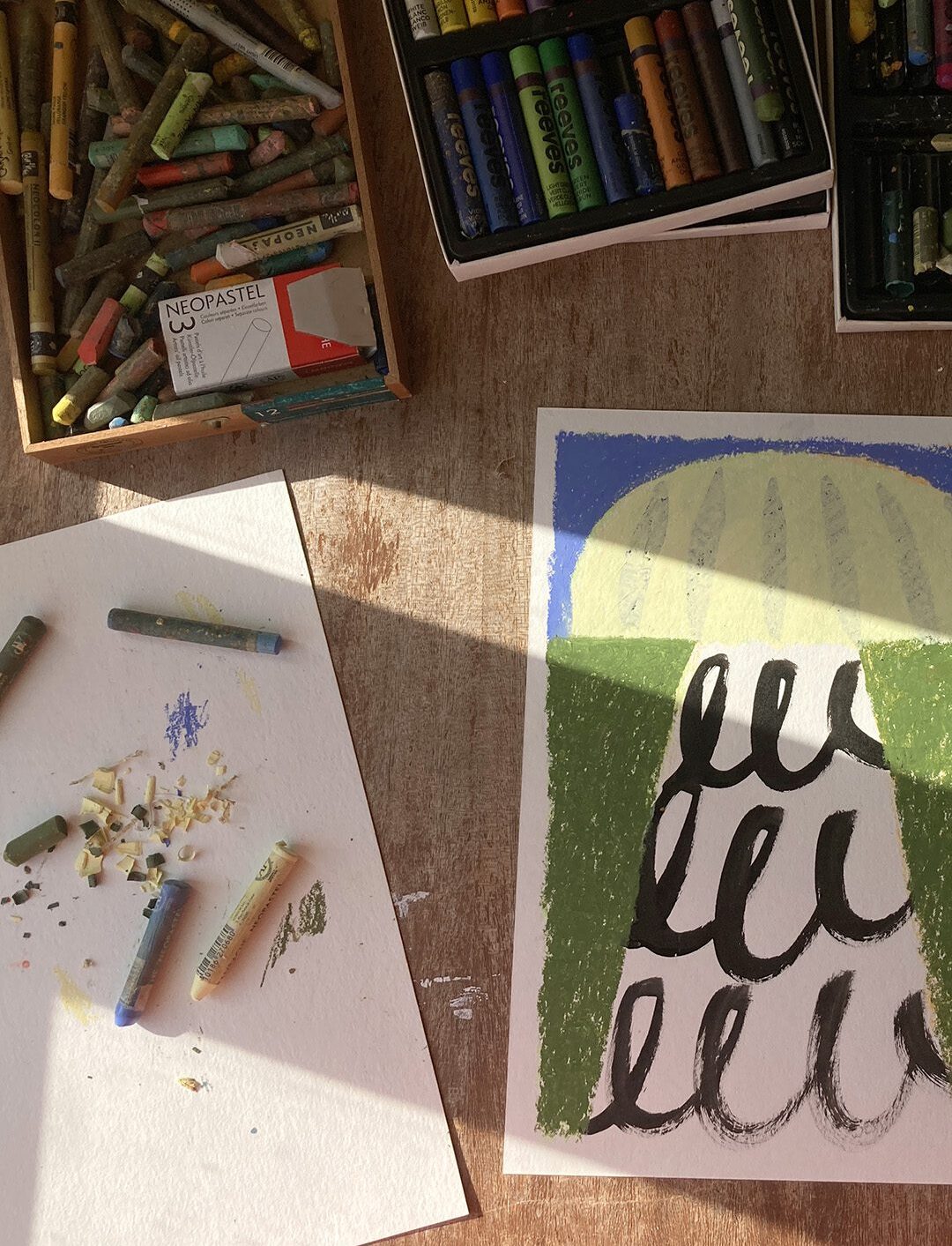
“The more layers you add, the more likely it is that the colours will blend and lose their vibrancy. It took me a while to understand the right balance and order of using oil pastels. But I love the depth, texture and rich details,” she explains.
The result is richly detailed, dynamic visuals that blend earthy tones with vibrant hues on artworks that have an almost tactile effect.

